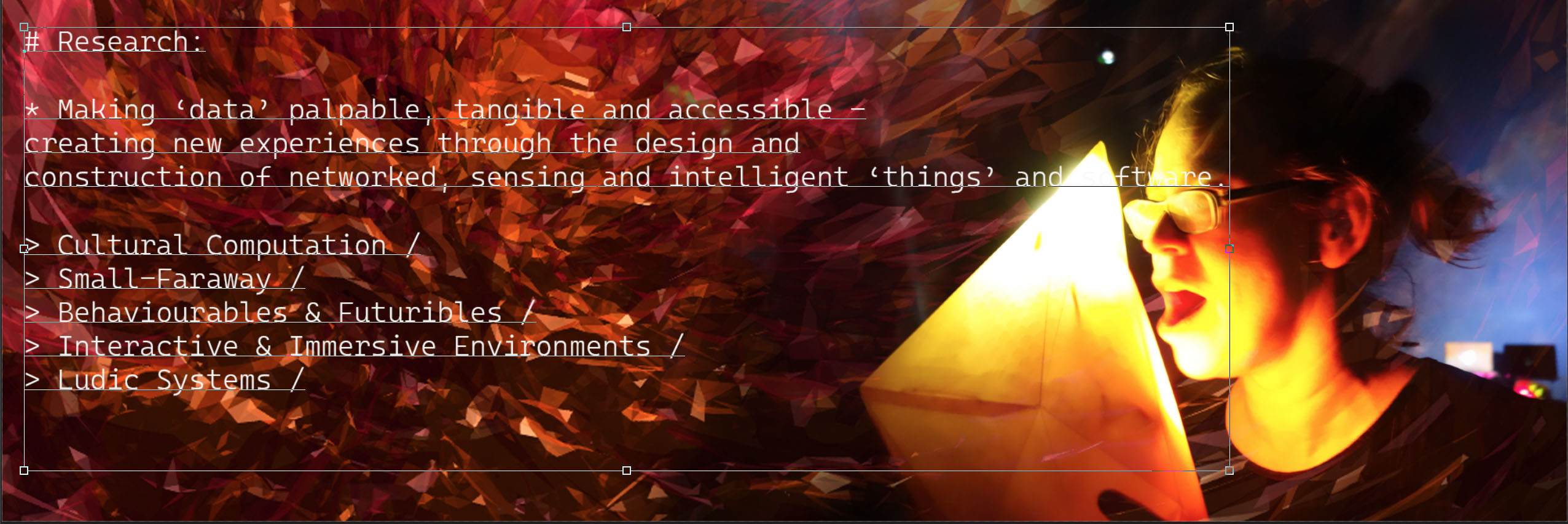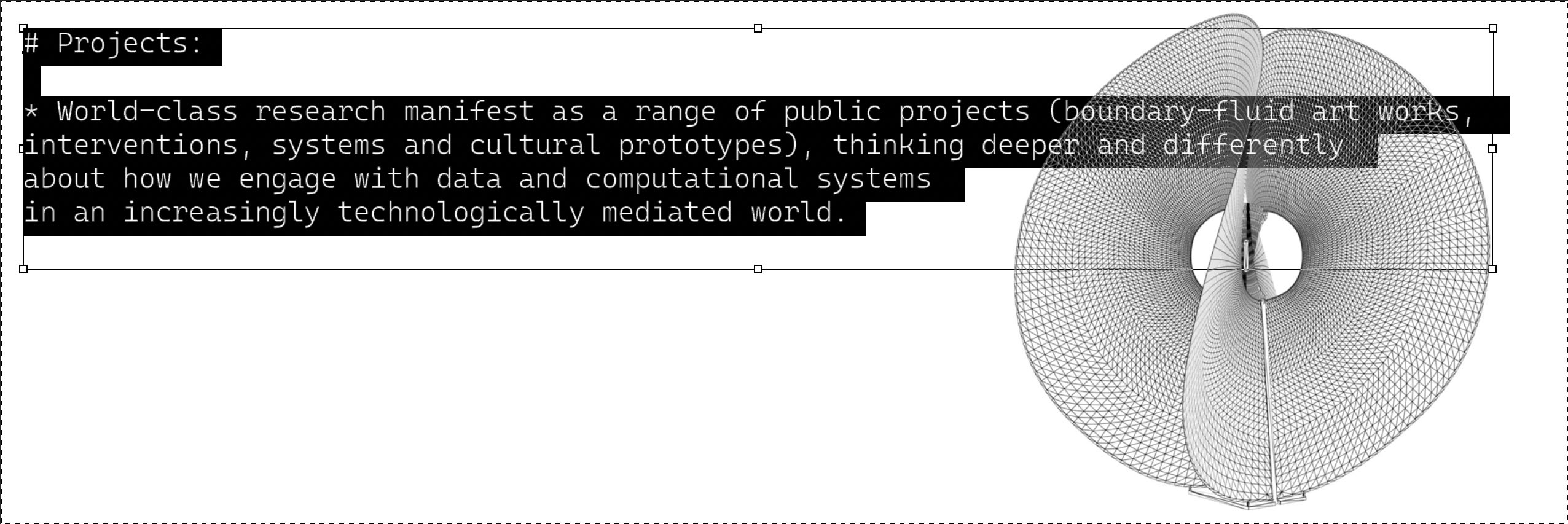
i-500 Project Launch
The Premier of Western Australia Colin Barnett has officially opened the new Curtin Resources and Chemistry Precinct and the i-500 Project. The $116 million precinct is the culmination of partnerships between Curtin, BHP Billiton, the Western Australian Government, and the Federal Government.





The i-500 is an artwork that will perform a vital and integral role in the development of scientific research in the fields of nanochemistry, atomic microscopy and computer modelling, applied chemistry, environmental science, biotechnology, and forensic science. Through dynamic visualizations and sonifications the artwork represents quantitative scientific research as an integral part of the architectural environment. The large-scale visual projections, distributed echo nodes and multiple sonic zones that constitute the art work reveal to the occupants a normally invisible dialogue between the researcher, the research community and the environment. The i-500 translates dynamic data from the physical and social interactions within the building into a volatile and evolving interactive art work.
The opening of the Resources and Chemistry Precinct and launch of the i-500 begins an initial engagement between the dynamic art work and the community that occupies the Precinct. This process will continue until the final manifestation of the work for the Art in the Age of Nanotechnology Perth International Arts Festival exhibition 5 February – 30 April 2010.
The i-500 is a collaborative project between Paul Thomas, Chris Malcolm and Mike Phillips who were commissioned to produce a sustainable, integrated, interactive art work from rich flows of research and general data generated through interaction in the new Curtin University Resources and Chemistry Precinct. This data will be the source material that is reflected through the architectural fabric and surface pattern of the space.
The i-500 project has established an interactive entity that inhabits the Resources and Chemistry Precinct at Curtin University of Technology. The i-500 is a reciprocal architecture, evolutionary in form and content, responding to the activities and occupants of the new structures.
To develop an integrated interactive art work that augments the physical architecture with real time data the project team has worked in close collaboration with:
Curtin University of Technology (http://www.curtin.edu.au/),
John Curtin Gallery (http://www.johncurtingallery.curtin.edu.au/),
Woods Bagot Architects (http://www.woodsbagot.com/),
Artsource (http://www.artsource.net.au/)
i-500 Ingredients:
i-500 Core Server: MySQL, PhP, Flash Engine.
Echo Node Server: MySQL, PhP, Flash Engine.
2 x Projectors
16 x Echo Node (A/V)
5 x Sonic Zones
i-500 Vision system
CAT6 /Fiber optic Network
Code
i-500 Team:
Dr Paul Thomas: http://www.visiblespace.com
Chris Malcolm: http://www.johncurtingallery.org/
Mike Phillips: http://www.i-dat.org
Lee Nutbean: http://www.i-dat.org




You must be logged in to post a comment.